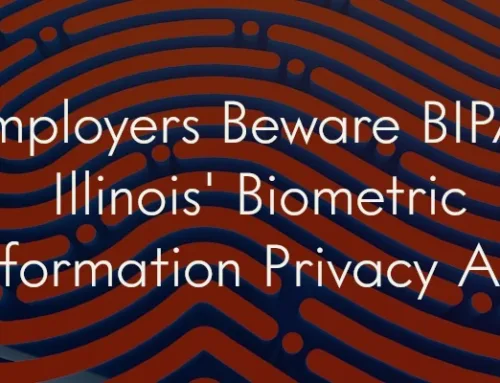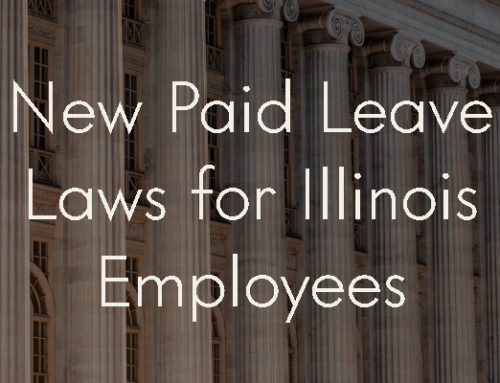
What are the general requirements for accommodating employees with service animals?
According to Title I of the ADA, employers must provide reasonable accommodations for employees with disabilities. “Reasonable accommodations” can include changes or modifications to the work environment, the way a position is performed, and/or the application process. One example of a reasonable accommodation is allowing the employee to bring their service animal to work.
- Finding the Right Accommodation: Providing reasonable accommodations is an interactive process. The employee will first need to request some sort of accommodation. From there, the employer and the employee can work together to figure out what the best accommodations would be that the employer can reasonably carry out without “undue hardship” (significant difficulty or expense) or a direct threat to the health or safety of others. It is important to consider the job, the duties that need to be performed, the environment, and several other factors to reach a fair conclusion. The employer can also require the employee to show that the service animal would be effective at reducing the impact of the employee’s disability.
- Making the Workplace “Service Animal Friendly”: Occasionally, employers may have to go a step further to ensure that the employee can comfortably use the service animal at work. For example, it can be a reasonable accommodation for an employee to request that floor mats are put down at work to prevent her service animal from slipping, and failure to do so may violate the ADA. Other times, employers may need to alter the workplace to assist other employees with a fear of dogs or dog allergies by installing air filters, separating the employees, permitting electronic communications in place of face-to-face meetings, and things like that.
- Ensuring “Reasonable Comfort” for Employees: Employers should keep in mind that the employee should be given reasonable accommodations so that they can do their job with reasonable comfort. For example, if an employee confined to a wheelchair can do her job with just the wheelchair, but having a service animal to retrieve objects, open the door, and pull the wheelchair would allow her to do her job more comfortably (and help reduce the impact of her disability), the employer needs to consider allowing her to have a service animal.
What are the differences between accommodating customers with service animals and employees with service animals?
Unlike Title III of the ADA, which requires businesses to allow service animals in all areas of public access, Title I (which regulates employment) only requires employers to make reasonable accommodations for employees with disabilities. “Reasonable accommodations” vary based on the circumstances and there may be more than one alternative, so there is no automatic right for an employee to have a service animal at work.
Additionally, while there are limits on what medical exams employers can require or what medical inquiries employers can make, they can ask for reasonable documentation regarding the employee’s disability and ask about the service animal’s training.
Finally, Title I of the ADA does not define “service animal”, so it is possible that a service animal in the employment context includes animals other than dogs.
Final Notes
It is very important for employers to understand what the ADA requires employers to do to accommodate employees with service animals. It is also important to remember that every business and employment position is different, and these situations can vary. The rules above apply only for employees, and other entities or businesses may have different requirements (for example, housing requirements fall under the Fair Housing Act, and government entities fall under Title II of the ADA).
See also:
- The US Department of Justice’s “Frequently Asked Questions about Service Animals and the ADA
- The Americans with Disabilities Act
- The Americans with Disabilities Act Federal Regulations
- Edwards v. USEPA, 456 F. Supp.2d 72 (D.D.C. 2006).
- McDonald v. Department of Environmental Quality, 214 P. 3d 749 (Mont. 2009).
- Branson v. West, 1999 WL 1129598 (N.D. Ill. East. Div., 1999).






